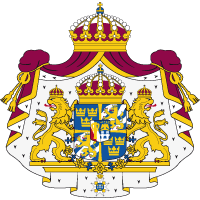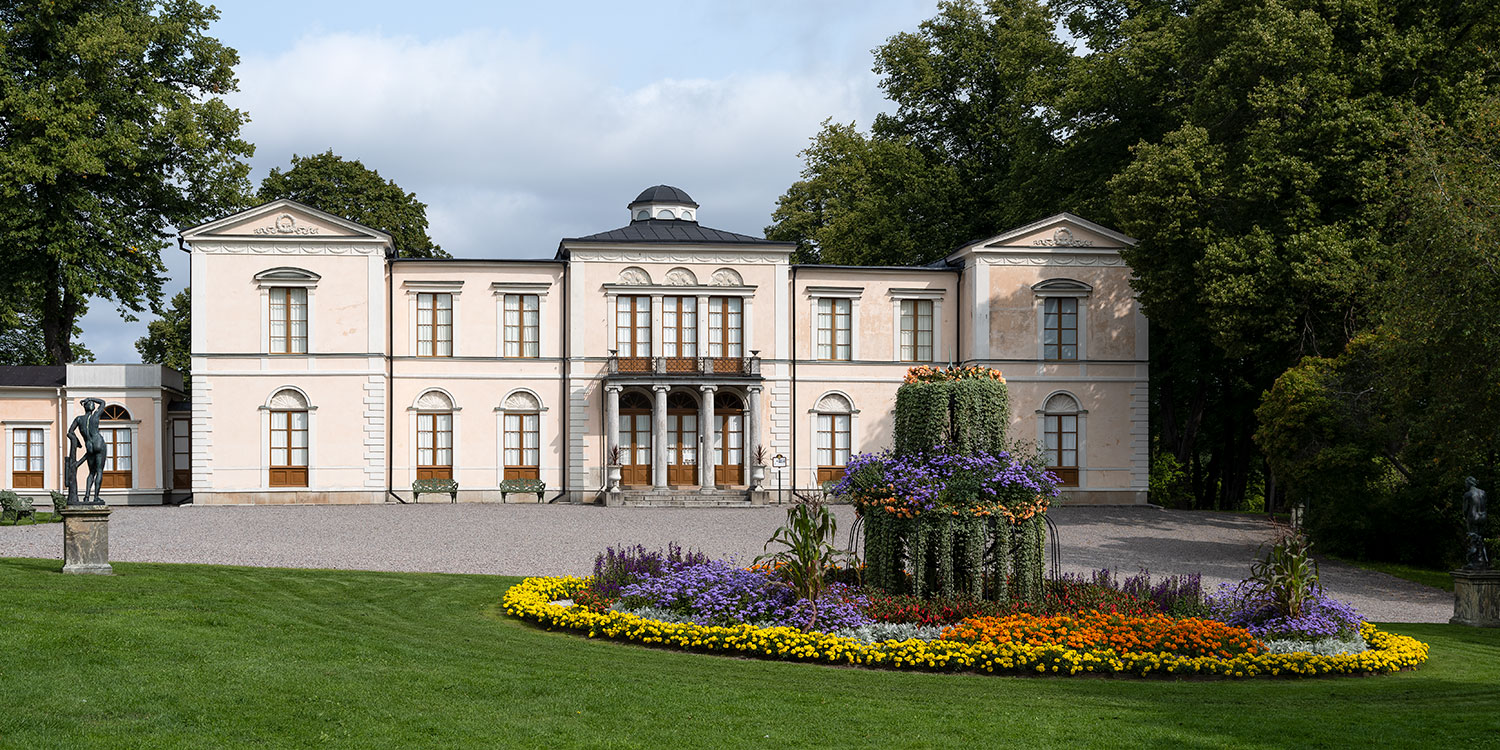
Restoring Rosendal's historic palace park
The Royal Djurgården Administration has carried out a survey of the park's 200-year history. Using archives, horticultural archaeology and modern scanning technology, a picture of a lost palace park has emerged.
"In the 19th century, the park closest to the palace was something of an outdoor room, a continuation of the palace's magnificent interiors. The aim is to re-establish the 19th century art of gardening."
"The enormous park is designed to frame the jewel it surrounds: Rosendal Palace," explains landscape architect Jonas Berglund, who is involved in the project on behalf of the Royal Djurgården Administration.
Old footpaths will be restored, and viewpoints re-established. On the lake side, both collapsed dry stone walls and flower beds from the turn of the previous century are being restored, while on the park side, a multi-level floral fountain has been recreated.
King Karl Johan's park
King Karl XIV Johan had the land transformed into a park in the 1820s, with new roads and winding pathways through the varied natural scenery. Open spaces were created around the palace, with large grassy and gravelled areas, making Rosendal a popular meeting place. Ordinary people now had the opportunity to get right up close to their king.
Queen Josefina's park
The next major transformation took place during the 1860s, at the initiative of Queen Dowager Josefina. The Swedish Garden Society, which leased and managed a large part of Rosendal's pleasure park between 1861 and 1911, was commissioned to lay out ornamental planting. More than 2,000 trees and bushes of various species were planted on the lawn, which over time took on a more spatial, intimate garden character. A tall iron fountain-shaped plant stand was also erected. Around its base, a large area of floral planting – known as a tapestry group – spread out in keeping with the contemporary fashion.
Explore Rosendal
Rosendal Palace is open for guided tours Opens in new window. during the summer months. Its interiors are among the country's finest examples of the Empire style, also known in Sweden as Karl Johan style.
Opens in new window. during the summer months. Its interiors are among the country's finest examples of the Empire style, also known in Sweden as Karl Johan style.
The park can be experienced all year round, and the Royal Walks park app Opens in new window. offers a free guided tour of the park.
Opens in new window. offers a free guided tour of the park.
Top image: The recreated floral fountain in front of Rosendal Palace. Photo: Lisa Raihle Rehbäck/Royalpalaces.se
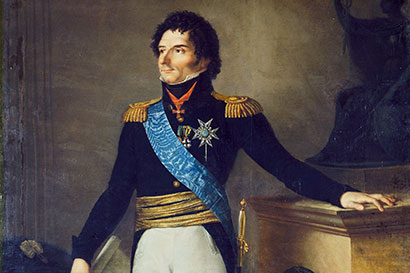
In 1817, Crown Prince Karl (XIV) Johan bought the Rosendal estate and began work on Djurgården, with improved roads, paths, bridges, plantings and seating. Construction of Rosendal Palace began in 1823. Photo: The Army Museum
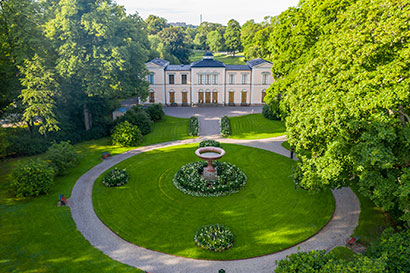
To mark Rosendal's 200th anniversary in 2023, an exciting project to restore the historic park was planned. Archaeologists, architectural historians, landscape architects, park managers and gardeners are all involved in the extensive work. Photo: Jonas Borg
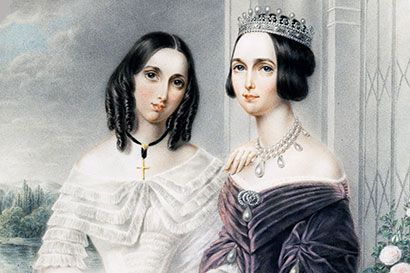
The Royal Djurgården Administration's gardeners are recreating Queen Josefina's plantings at Rosendal, including a magnificent floral fountain and colourful tapestry groups. Image: Queen Josefina and Princess Eugenie, painted by Maria Röhl in 1846. Photo: Royalpalaces.se
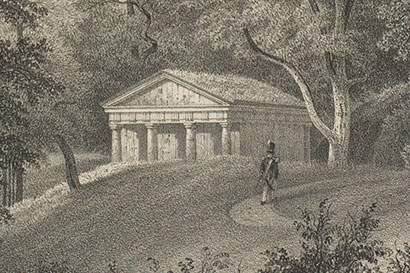
The ice cellar at Rosendal Palace, from the 1834 book Stockholm's Picturesque Surroundings by C.J. Billmark. The image has been cropped. Source: The National Library of Sweden
